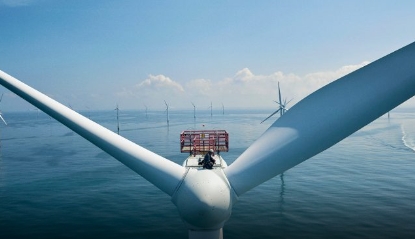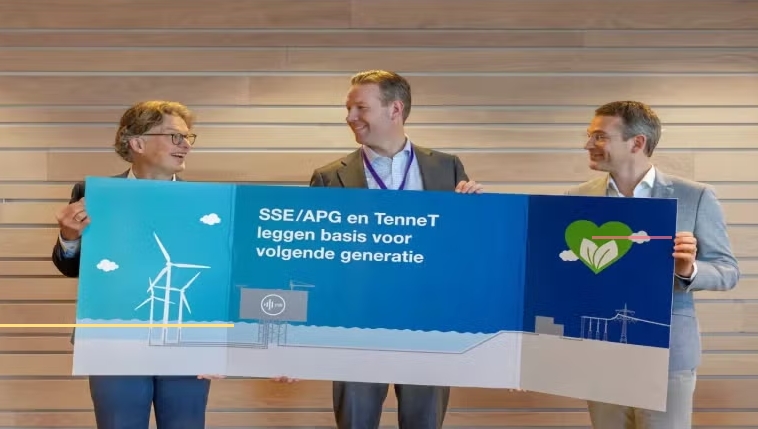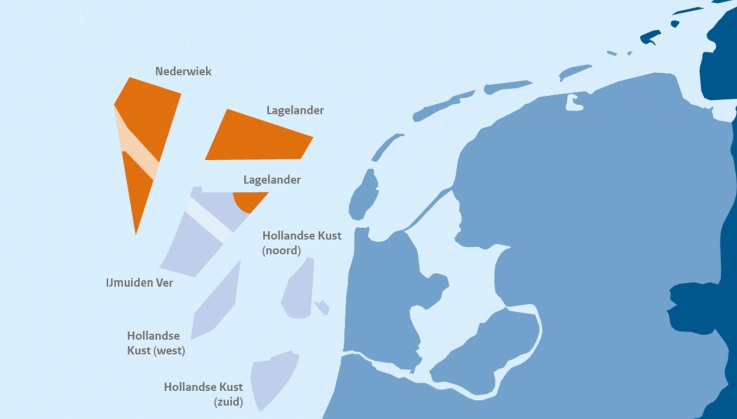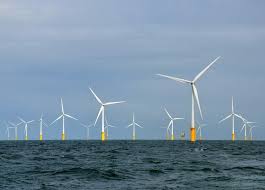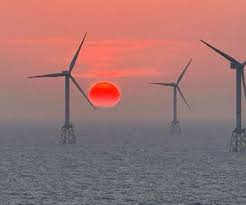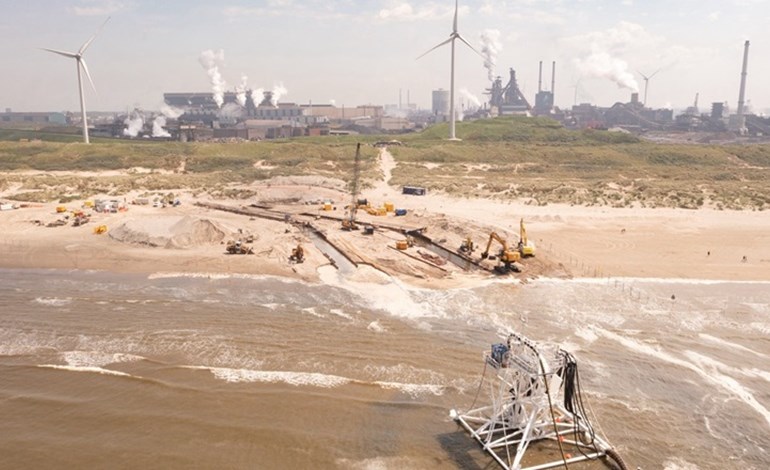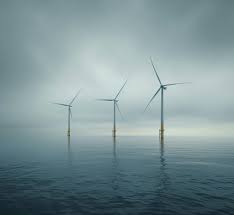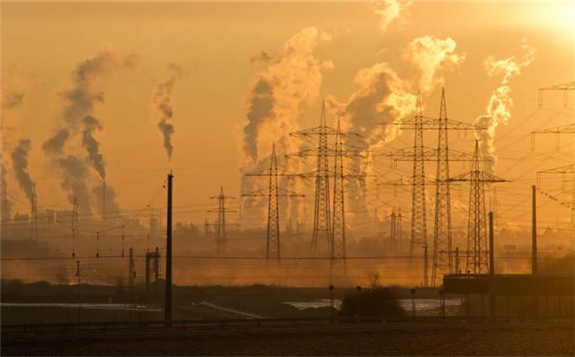 Global CO2 emissions have continued to rise, according to the WMO (Image: Pixabay)
Global CO2 emissions have continued to rise, according to the WMO (Image: Pixabay) WMO says this continuing long-term trend means that future generations will be confronted with increasingly severe impacts of climate change, including rising temperatures, more extreme weather, water stress, sea level rise and disruption to marine and land ecosystems.
Inger Andersen, executive director of the UN Environment Programme (UNEP), said: "The findings of WMO's Greenhouse Gas Bulletin and UNEP's Emissions Gap Report point us in a clear direction - in this critical period, the world must deliver concrete, stepped-up action on emissions. We face a stark choice: set in motion the radical transformations we need now, or face the consequences of a planet radically altered by climate change."
Since 1990, there has been a 43% increase in total radiative forcing - the warming effect on the climate - by long-lived greenhouse gases. CO2 accounts for about 80% of this, according to figures from the US National Oceanic and Atmospheric Administration quoted in the WMO Bulletin.
The separate and complementary Emissions Gap Report produced by UN Environment as part of a United in Science synthesis for the UN Secretary-General’s Climate Action Summit held in New York in September, will be released on 26 November. UN Secretary-General António Guterres said the summit had delivered "a boost in momentum, cooperation and ambition. But we have a long way to go". This will now be taken forward by the UN Climate Change Conference, which will be held on 2-15 December in Madrid, Spain, under the presidency of Chile.
